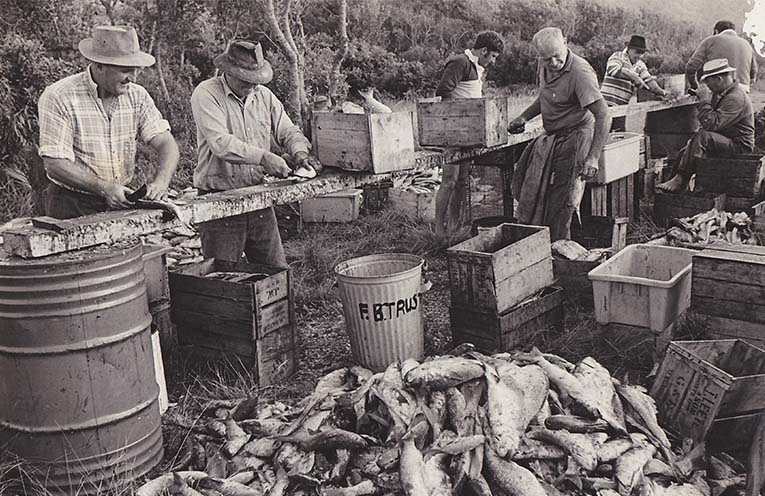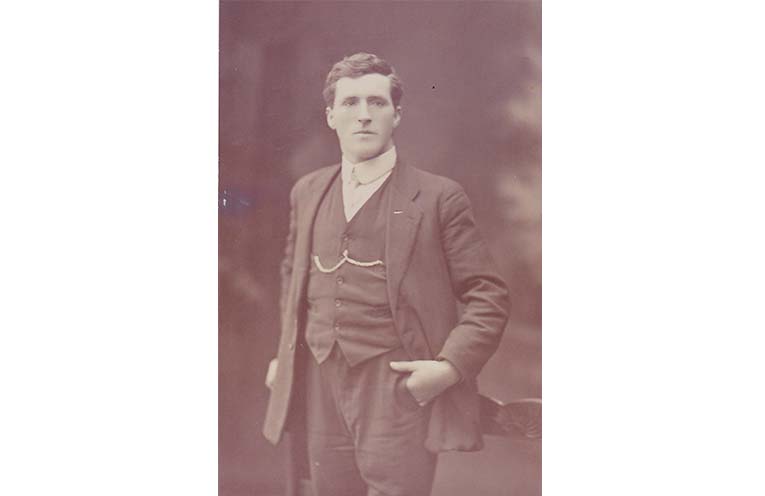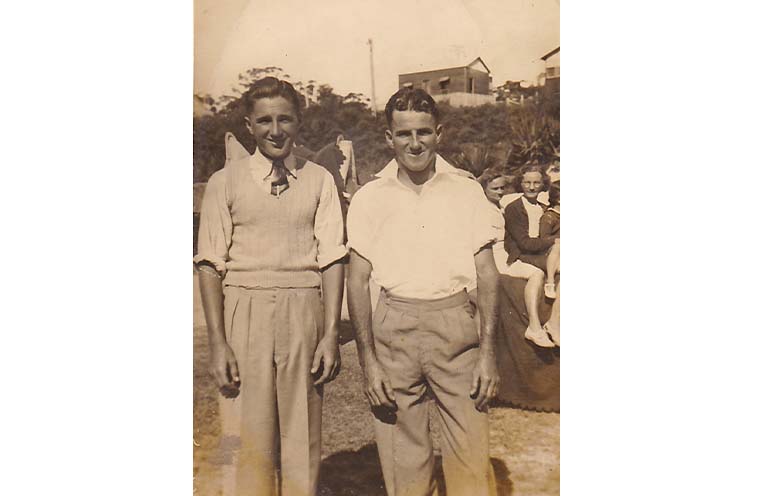
IT is interesting to discover the background of local fishing families and why they chose to move to Nelson Bay in the first instance.
One well known local fishing family, the Sproules, originally from Tasmania, certainly have one of the most fascinating stories that led them to the seaside village in Port Stephens.
In 1828, at the age of 18 years, Adam Sproul enlisted in the King’s Own Regiment in Glasgow,
Scotland.
Showing enterprise and enthusiasm he was promoted to Corporal in 1830 and later embarked
with a detachment of guards in the convict ship “Strathfieldsaye” – destination Australia.
After the landing of convicts in Tasmania the ship proceeded to Sydney, arriving in 1832. Identified as having a future in the Army, Adam was promoted again, this time to Sergeant.
The future certainly seemed bright for the young man when he met and married Maria Orpen.
It was unfortunate from this point that Adam had fallen in with some bad company, in particular one named McLean who had an eating house in Essex Lane, Sydney.
McLean urged Adam to lighten off the casks of rum in the Commissariat Stores by syphoning
a small amount out of each when it was his turn to be in charge of the guard.
McLean stated the loss of rum would never be noticed and he would pay very well for what he obtained.
Rum at the time was used mainly for currency.
Unwisely Adam thought this scheme had great possibilities as there were so many crooked deals going on that he would be unlucky to be caught.
Unluckily for Adam and his accomplice, Private John Donaghoe – caught they were.
An account of the police investigations concerning the robbery of the rum appeared in the Sydney Morning Herald in May 1832.
Things didn’t look too good for the rum robbers as they had been caught rolling a cask towards the gate at 11 o’clock at night.
His Honor the Chief Justice sentenced Adam Sproul to be transported to Port Arthur, Tasmania, for life!
For his part Donaghoe ended up working on the roads for seven years.
Adam “celebrated” his release from custody in 1844 by adding an ‘e’ to the family name
– Sproule.
He then turned things around and became highly respected in his community after joining the
police force where his “meritorious conduct” resulted in his promotion to District Constable.
Adam and wife Maria, who had followed him to Tasmania, had eight children one of whom was Adam William, a policeman, who fathered 14 children of his own.
Still in Tasmania one of those children, Joseph, made the move to NSW in 1917, accompanied by his wife Agnus Janetta (Nettie) and two of his sisters Mary and Alice.
It is thought that Joe was advised to move north, to a warmer climate by the sea, for medical reasons.
The family arrived in Nelson Bay.
It was Joe Sproule who started fishing the Port and beaches and began the long line of Sproule fishermen that followed.
Nettie came from a well respected Tasmanian fishing family, the Behrens, who still fish out of Hobart today.
It may have been that Nettie’s fishing background led Joe, who was a timber cutter in Tasmania, to become a fisherman on his arrival in Nelson Bay.
Joe developed into an expert fisherman, particularly on the beaches during the “travelling season”.
Fingal Bay fisherman Ken Barry remembers Joe, who never swore, as the “best spotter of
moving bream and blackfish.”
“Sitting up on the hill at Narrowgut (Fingal Spit) he could see the fish when others saw nothing,” he said.
It was the spotter’s job to sit high above the beach and continually watch the sea for any sign of fish, then to relay the size of the school, by flags or arm signals, to the waiting fishermen on the sand.
Unlike other “spotters” at the time Joe had a tin whistle which he would blow to gain the fishermen’s attention.
Joe and Nettie had three sons and two daughters.
The sons, not surprisingly, turned to fishing.
Eldest son Ken worked with Bert Presbury on board the “Terri K” owned by Roger Coyne.
The “Terri K” was a sister ship to one of Port Stephens longest serving and well known boats, “Pops Last”, which was fished by Ken’s brothers Athol and Crofton.
The brothers worked the “Pops Last” together for 30 years from 1948.
On board “Pops Last”, Crofton and Athol worked such famous reefs as the “Well” along with Bill Asquith on the “Farewell” and Tommy Hyde on “Irene H”.
The “Well” was a productive “mark”, a patch of rich reef, found years earlier by Greek fisherman Spero Spathos.
As the reef area was relatively small and the lobsters were thick on the bottom the fishermen decided to limit themselves to 10 traps each.
Athol remembers one occasion up towards Seal Rocks when he and Crofton lifted 44 traps for 176 dozen lobsters.
A popular boat, “Pops Last”, known to locals as “Popsa”, still sits proudly in the Nelson Bay Marina over 60 years after she was purchased as a 45 foot tug that was being built for the war effort at Slazengers Boat Builders at Stockton.
When the war finished there was still much work to be done.
The partly completed boat was purchased by the original crew of Crofton Sproule, Jack Evans and Bernie Thompson.
Sammy “Pop” Thompson completed the work in Jimmy Hill’s back yard and lowered a 40hp Southern Cross diesel below deck before launching off Nelson Bay Beach in 1948.
“Pop” Thompson had built many boats including the “Dawn”, however, as this boat was to be his final building effort, she was named “Pop’s Last”.
Athol’s wife Marion recalls the earlier times.
“The waterfront was very different in those early days,” she said.
“Sharks were thick right along the old wharf and under all the boats, you could hardly see the water, it was just a mass of moving sharks.
“Every boat carried a gun, and thankfully they did, as my brother Tom Harris fell while he was swinging on a rope from one boat to another, fooling around.
“Before he hit the water a gunman immediately appeared on every surrounding boat ready to shoot the closest shark.
In 1977 Athol purchased and worked the “Miranda Star”, a boat which originally came from Ballina, where it fished the Clarence River.
Crofton continued to fish out of “Pops Last”, later to be sailed by his son Geoff.
By John ‘Stinker’ CLARKE


